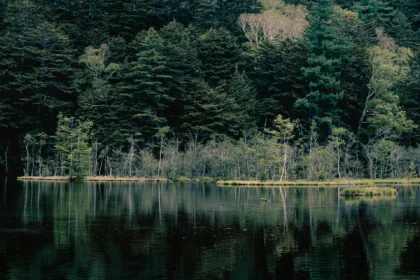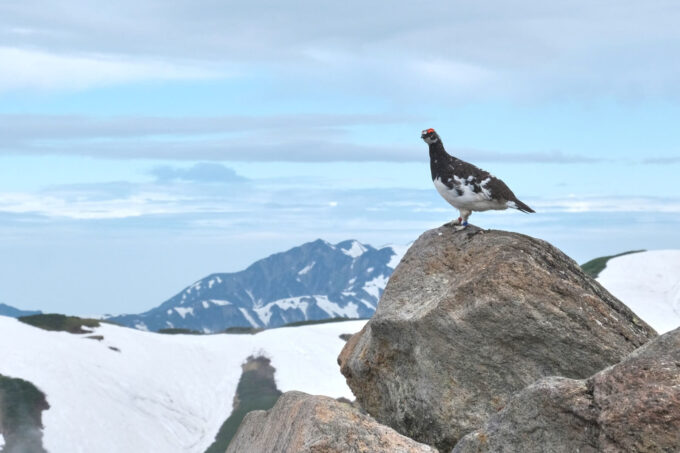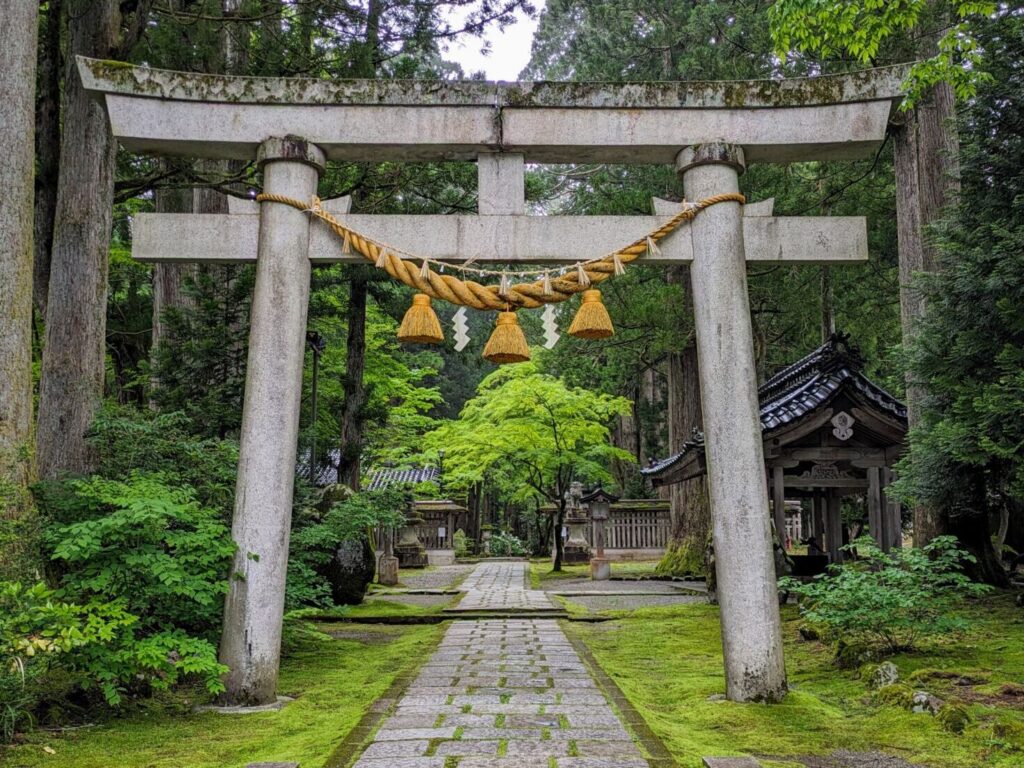
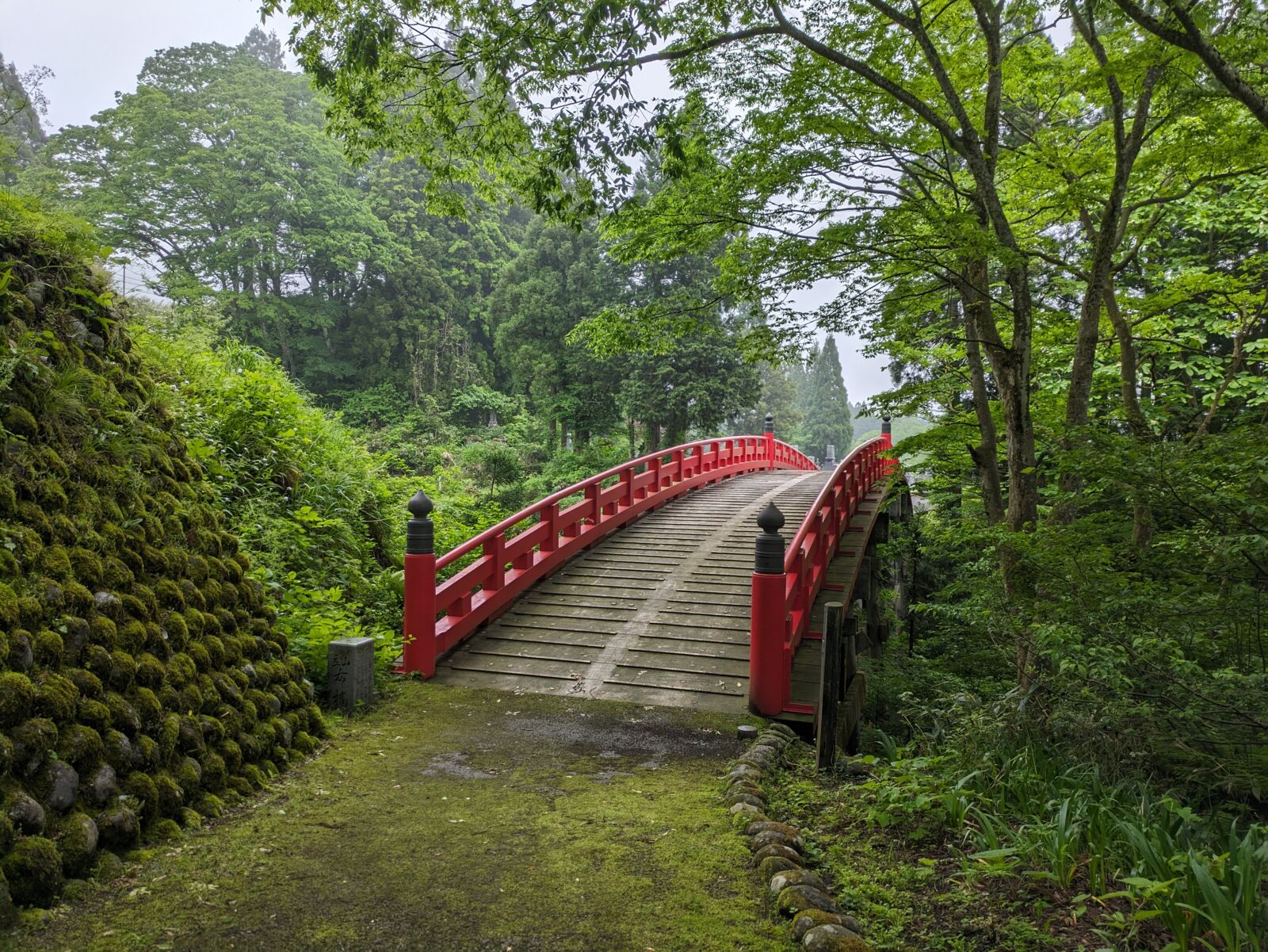
Many mountain shrine and temples have three separate areas: the main shrine at the peak, the "middle" shrine about half way down, and the shrine at the foot of the mountain. For Tateyama, the shrine is called Oyama Shrine and the one at the foot of the mountain is near Iwakuraji Station. The middle Oyama Shrine is in Ashikuraji. These shrines were centers of religion and until the 1880s were combinations of Buddhist temples as well as Shinto shrines. Ashikuraji is on the places in Japan where the law propagated by the Meiji government to separate the two religions turned to violence. The reconstructed Buddhas that are seen today have scars from the mass decapitations of the statues.
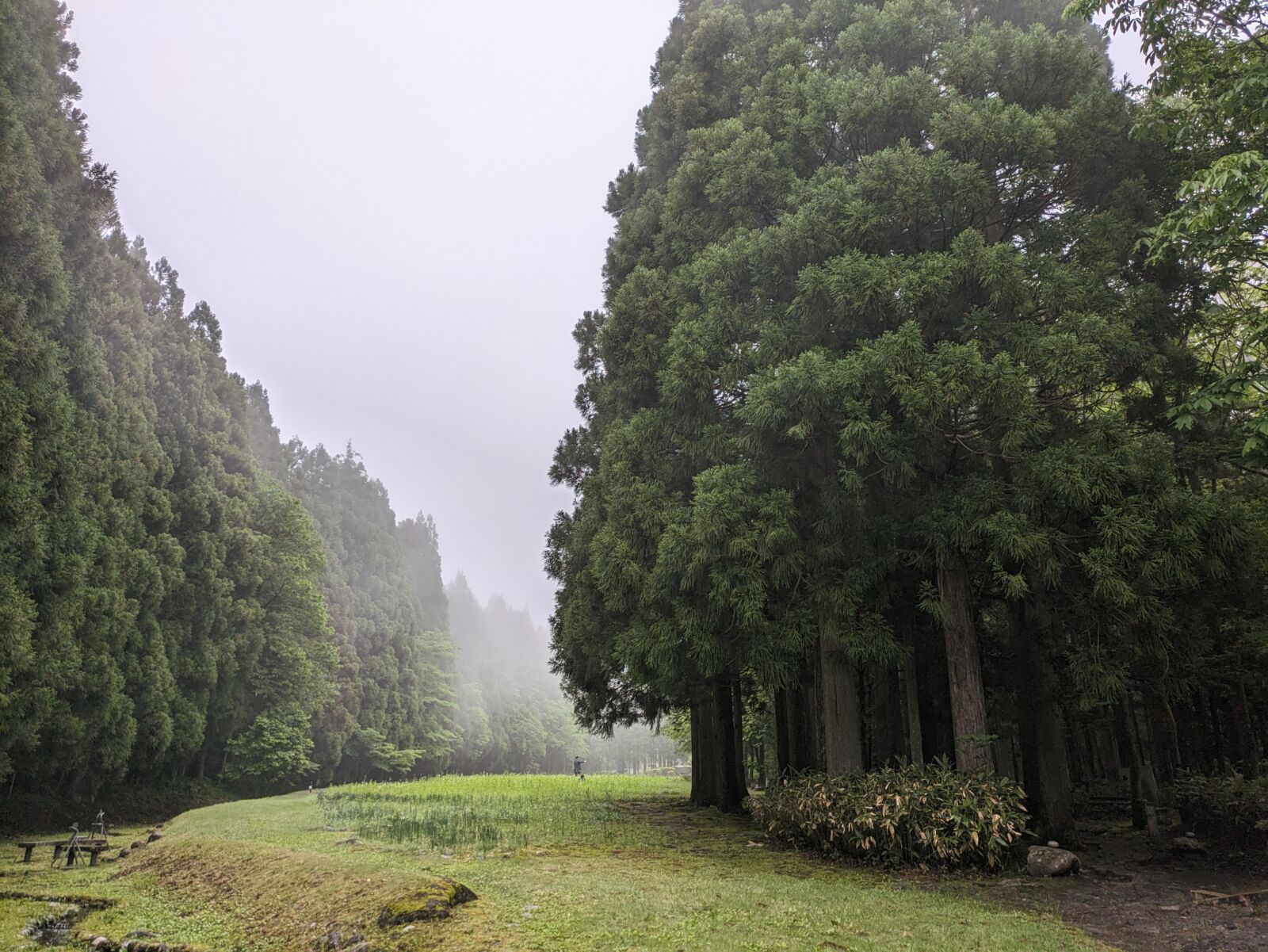
Historically this area was ruled by the Maeda family in Kanazawa and it was a popular destination for nobles seeking a religious and exciting escape. It was so connected to Maeda family that at the end of the Edo period two festival floats were sent to the town and now are the only two floats that originated from Kanazawa. There are a plethora of rumors that swirl around the village. Unusually, there is a temple to Enma, the god of the underworld, and near that is the bridge pictured above. Every year there is a festival that involves crossing the bridge, which represents crossing from our world to the spritual one, every year. Woman would cross in hopes of eternal life and it is said that the statues of the women in the Enma Temple nearby are those that achieved that.
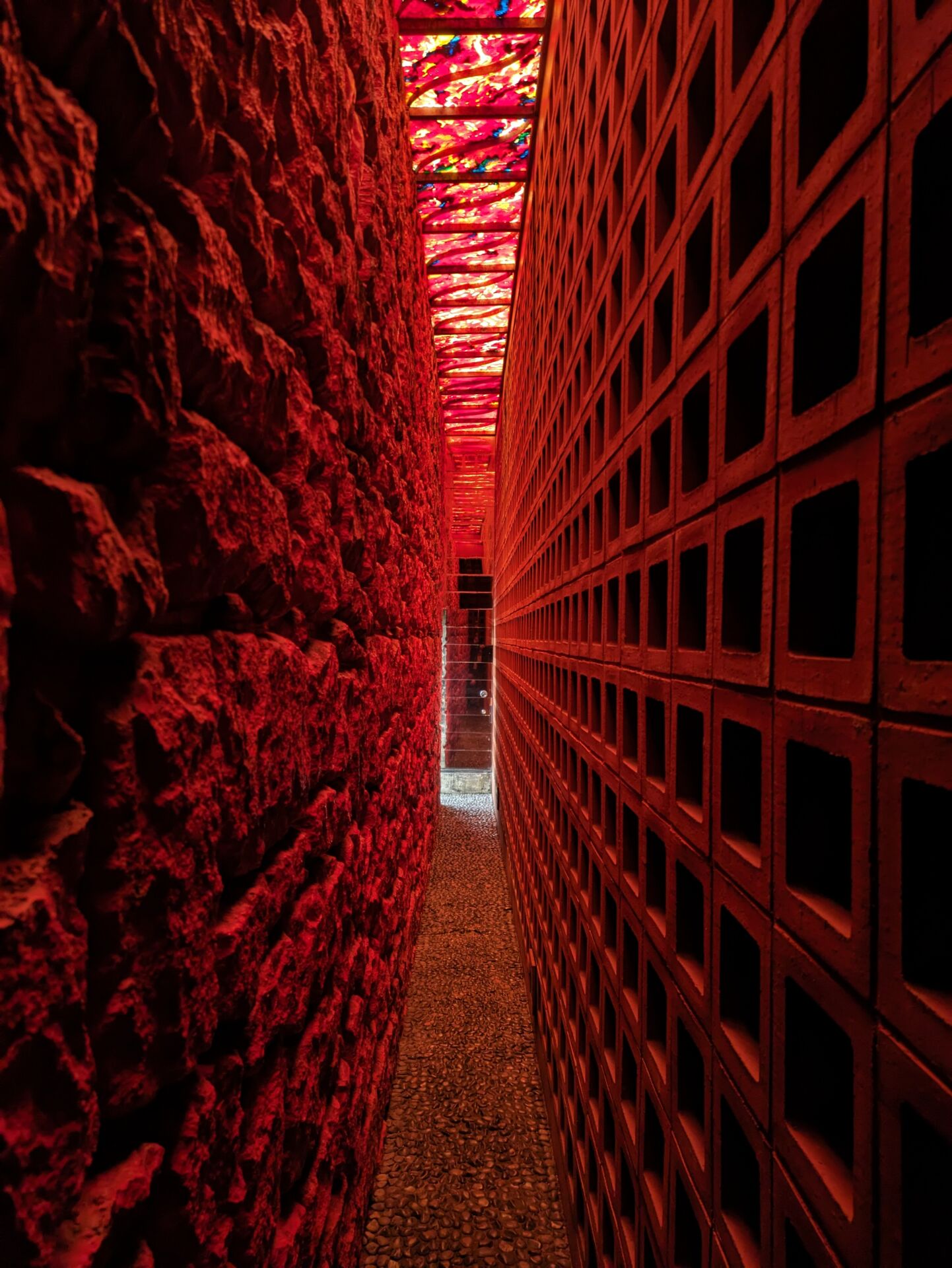
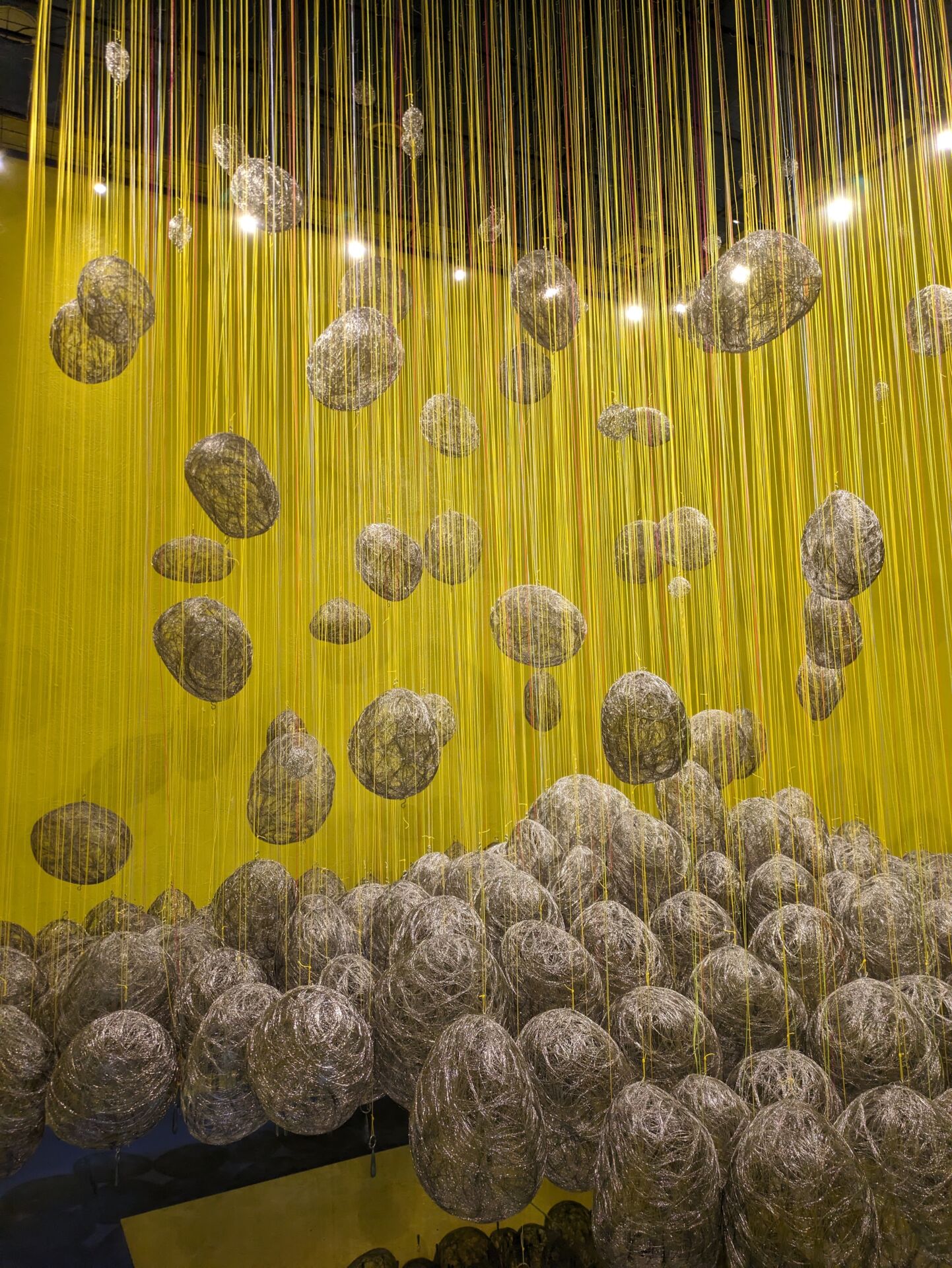
In the theme of the afterworld, there is an art museum, Mandara Yuen, that has you experience what Buddhist hell would feel like. There are many different aspects of hell and they incorporated them through sensory experiences of sound, smell, touch and of course sight. After walking through "hell" you will slowly make your way to "heaven" and the representation of Buddhist heaven. The art works and experience really make this a place that is unsettling, scary and hopeful all at the same time. It is truly a unique experience and helps understand the role that this area and also Mt. Tateyama played in the lives of people of the past.
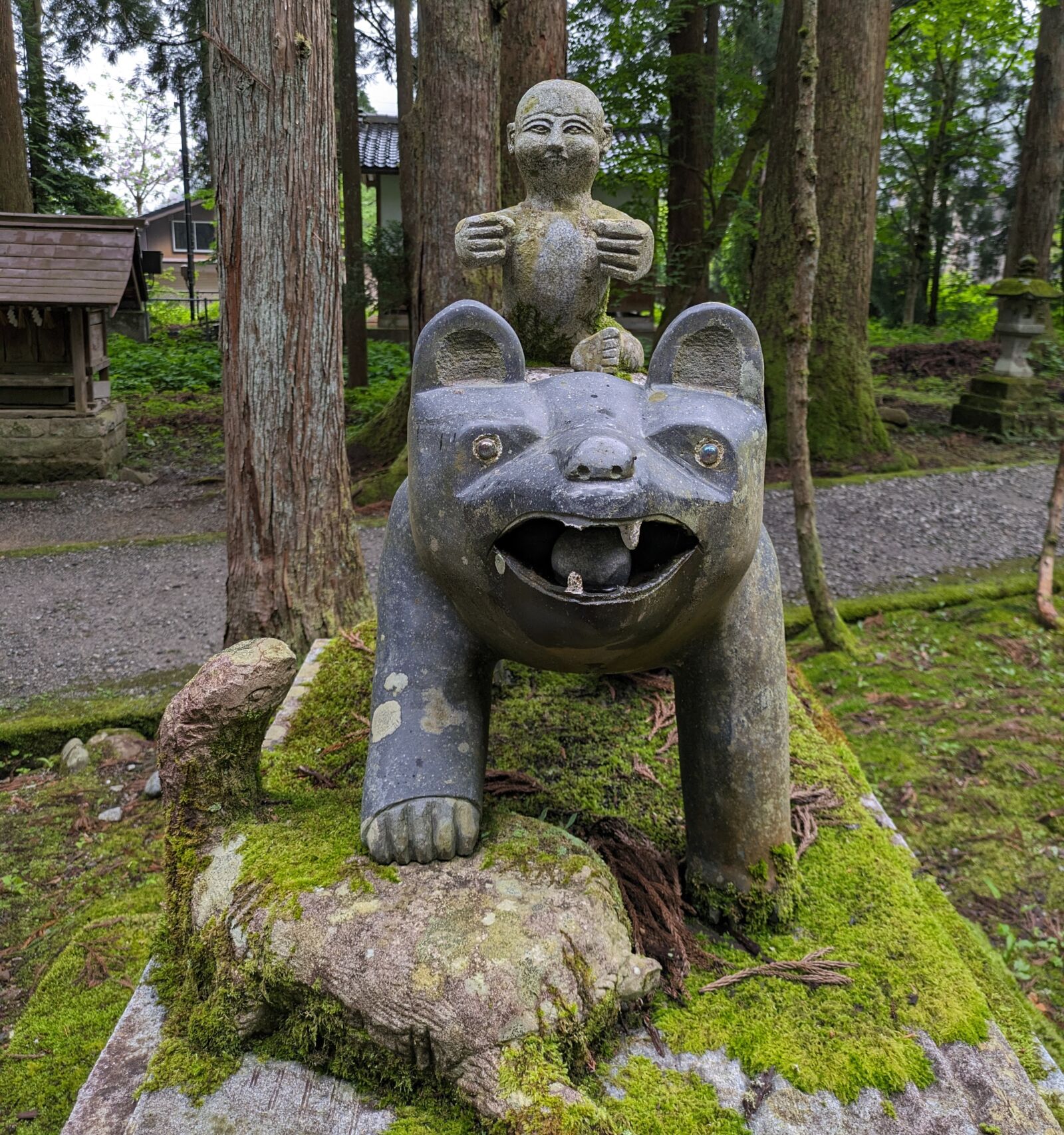
Ashikuraji is often passed through when visitors travel to the Tateyama-Kurobe Alpine Route, but is rarely visited. If you are trying to get here by public transportation it isn't too difficult. From Toyama Station, take the Toyama Chiho Railway to Chigaki Station and then walk about 20 minutes to the main area of town. The many temples and shrines in the area are all about a 10-20 minutes walk from each other, including Mandara Yuen.
If Ashikuraji and the history of the sacred places of Mt. Tateyama interest you, then we have a tour for you! See Oyama Shrine, Enma Temple and the bridge mentioned above before heading up the mountain to Murodo to experience the beautiful mountain landscapes of Mt. Tateyama. Join us on one of our tour buses for a day full of fun, nature and history.
1 Day Tour from Kanazawa & Toyama: Tateyama Alpine Route Snow Wall and Mysterious Valley
- Spots:
- Pick-up:
- Drop-off:














